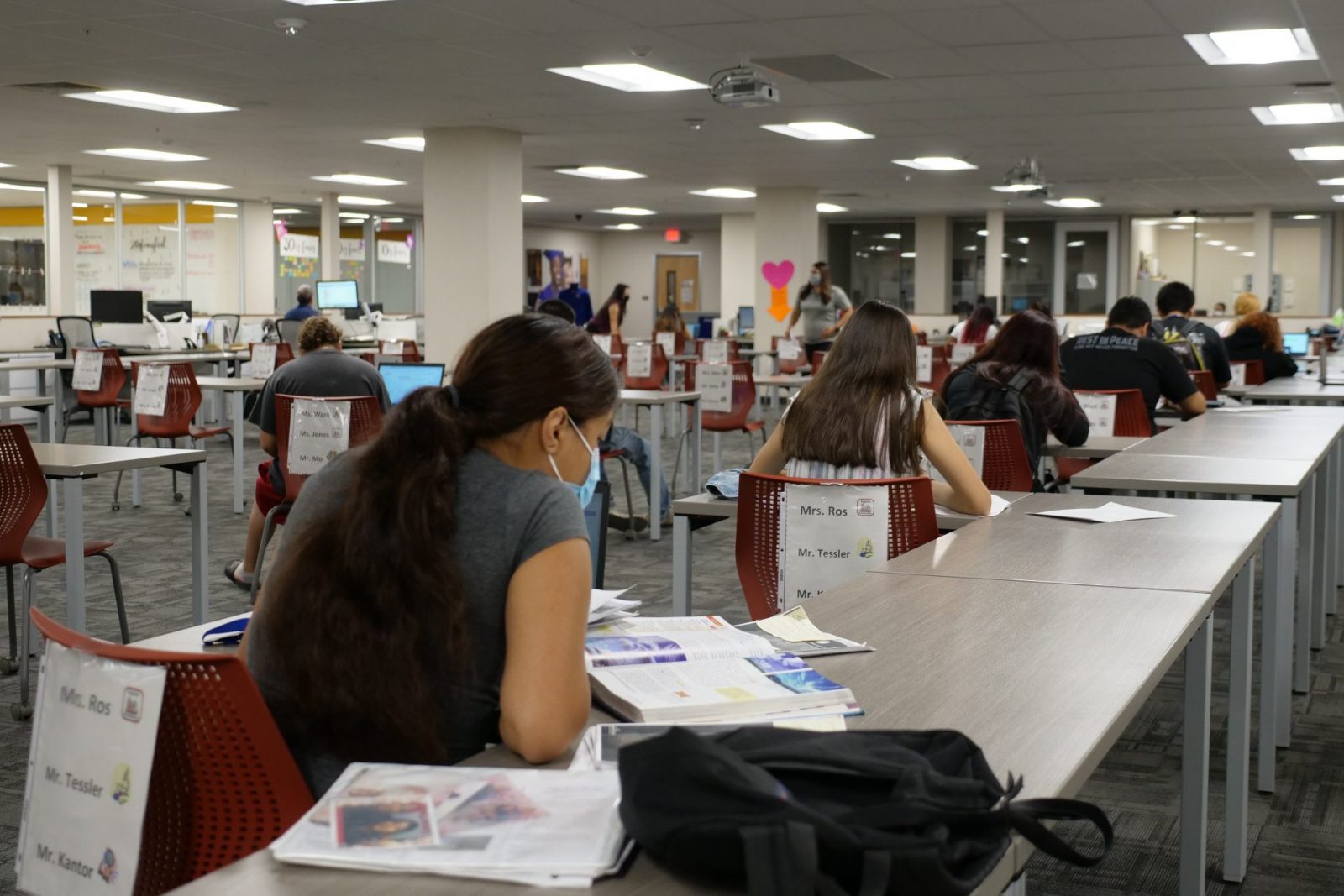
January 29, 2021
High absenteeism and failing grades have plagued high schools during the past 10 months of distance learning, yet many educators are still unclear about how instruction models and delivery methods need to change.
Many teens are bored and struggling with remote learning. Teachers are video lecturing to kids who are likely reading at different grade levels, with varying attention spans, special needs or English language challenges. The traditional high school model, of five or six courses with 25-40 students in each class, is difficult to translate to remote learning.
Learn4Life focuses on at-risk students who are behind in credits or who had dropped out. Most are from low-income households, are minorities and have adult responsibilities like caring for a child or working, which prevents them from succeeding in traditional school.
Flexibility is the cornerstone of how Learn4Life’s personalized learning model is structured. Students are the masters of their own time management and schedules with guidance from teachers. There is a mix of small group instruction, larger labs and one-on-one learning depending on what the student needs for a particular subject area.
